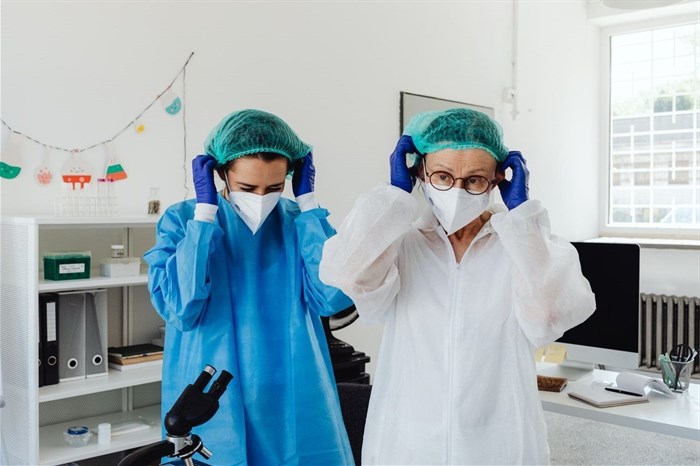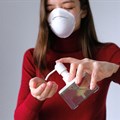On the heels of the Minister of Cooperative Governance and Traditional Affairs terminating the national state of disaster and in doing so repealing all regulations and directions made in terms of section 27(2) of the Disaster Management Act (old Regulations), on 15 March 2022 the Minister of Employment and Labour (Minister) published the Code of Practice: Managing Exposure to SARS-CoV-2 in the Workplace, Government Notice No. 46043 (old code), after consideration by Nedlac in terms of section 203(2A) of the Labour Relations Act (LRA).

Image source: Karolina Grabowska from
PexelsWerksmans previously wrote an article providing an in-depth exposition of the old Code and the necessary consequences that would follow from the old code, both for employers and employees. This article may be accessed here.
On 24 June 2022, the Minister published the Code of Practice: Managing Exposure to SARS-CoV-2 in the Workplace, Government Notice No. 46596 (new code). In the introduction to the new code, the Minister confirms that the old code was made in error and is liable to be set aside. The new code was published in terms of section 203(1) of the LRA whereas the old code was published in terms of section 203(2A) of the LRA. The stark difference being that in terms of section 203(1) of the LRA, Nedlac may prepare, issue and change or replace codes of good practice (such as the new code) on its own accord, whereas in terms of section 203(2A) of the LRA the Minister is required to consult with Nedlac prior publishing any new codes of practice.
While the old and the new code are not substantially different, employers and employees should note the following provisions contained in the new Code when developing a risk assessment and plan in the workplace in terms of the new code and the Occupational Health and Safety Act (OHSA):
- The risk assessment must make provision for the adoption of special measures to mitigate the risk of infection or serious illness or death arising from Covid-19. These measures include the vaccination of employees and/or the wearing of Personal Protective Equipment (PPE) such as masks in the workplace.
- This plan must be based on the employer’s workplace requirements and the outcome of the risk assessment. Should an employer conclude a plan contemplated by the code and decide that its safety requirements are, inter alia, that its employees must be vaccinated or wear facecloth masks in the workplace, such employees will be obliged to follow these requirements.
Jacques van Wyk and Andre van Heerden 14 Apr 2022 Although it is no legal requirement for employees to wear masks in order to enter an employer’s premises, Covid-19 is still categorised as a Group 3 hazardous biological agent under Hazardous Biological Agents Regulations (published in terms of section 43 of the OHSA) and employers still have an obligation to provide and maintain, as far as is reasonably practicable, a working environment that is safe and without risk to the health of workers. In view of these factors, an employer may still require its employees and third parties, such as customers and clients, to wear masks or other PPE specific to Covid-19 if these safety requirements are deemed necessary in terms of the employer’s risk assessment and plan.
In the final analysis, the new code essentially is not materially different to the old code and is not couched in prescriptive terms. This, in our view, allows employers to apply the new code in accordance with their particular safety requirements. This view finds support in clause 2(4) of the new code which provides that "the code is intentionally general because workplaces and their requirements differ." Accordingly, departures from the non-obligatory provisions of this code may be justified in appropriate circumstances.





































